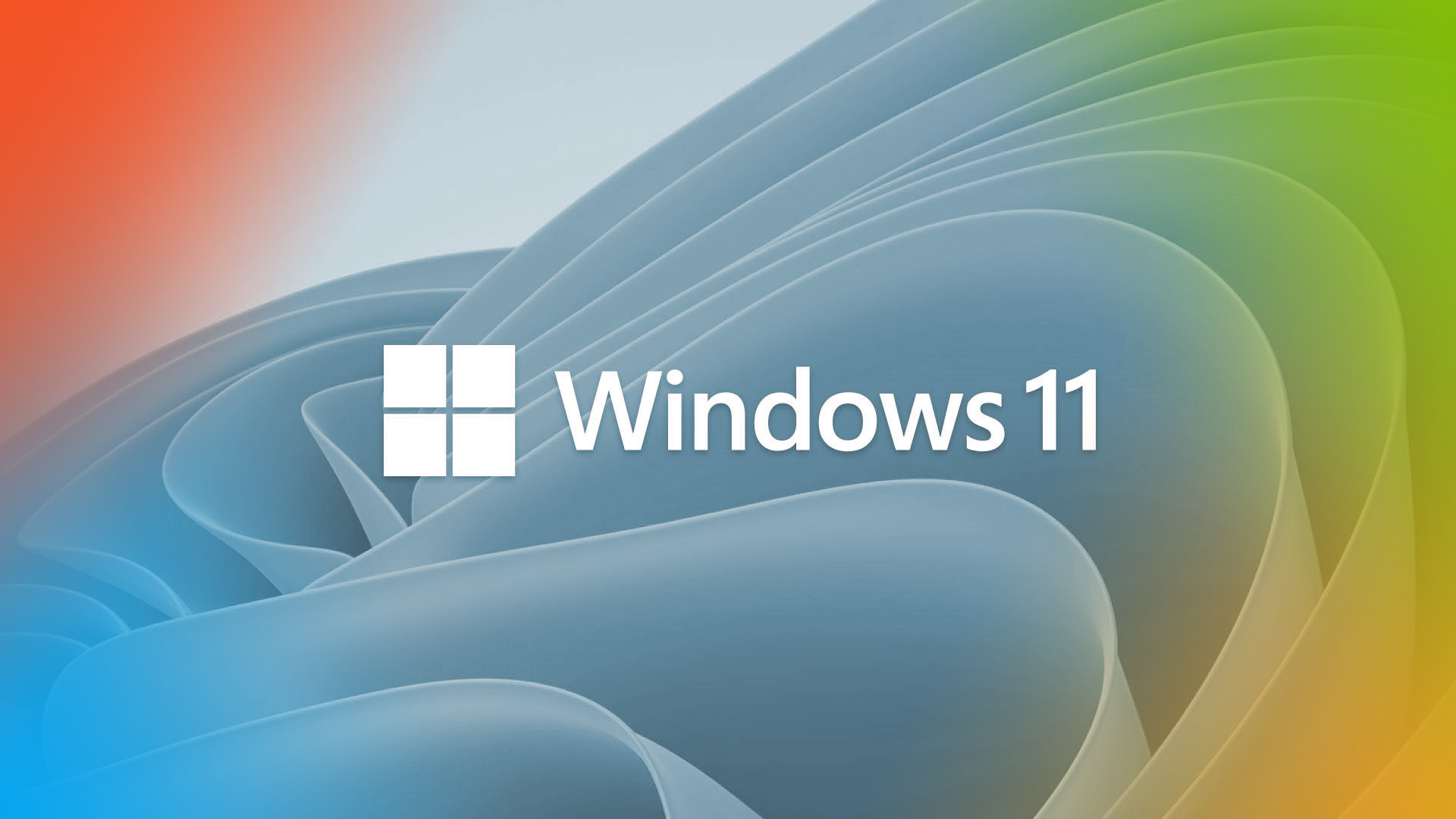Microsoft introduced Windows Display Driver Model (WDDM) in Windows Vista. Since then, the company developed this model in the successive versions. The WDDM provided the functionality of GPU scheduling. The scheduling means each list of command is put into queue for execution by GPU. When this GPU scheduling is entailed to use hardware of the system specifically for some functions instead of using software, it is referred as hardware-accelerated GPU scheduling.
With Windows 10 Version 2004, Microsoft introduced hardware-accelerated GPU scheduling in the OS. As far as scheduling is concerned, Windows still manages to control prioritization and decides the app priority in the context. In this article, we’ll learn how you can enable or turn on hardware-accelerated GPU scheduling.
Your system must fulfil the requirements to enable the setting:
- The WDDM driver version should be 2.7 or later.
- You must be on Windows 10 version 2004 or later.
- The graphic driver you have installed on your system must support this feature. You can check your graphics card manufacturer’s website to confirm this information.
Page Contents
Turn On Hardware-accelerated GPU Scheduling In Windows 10
Method 1 – Using Settings App
1. Right click Start Button or press  + X keys and select Settings.
+ X keys and select Settings.
2. Inside the Settings app, go to System > Display. Next to Multiple displays, click on Graphics settings link.
3. Under Default graphics settings, turn On Hardware-accelerated GPU scheduling option.

4. You can close Settings app and return to Desktop, if you like.
Method 2 – Using Registry
- Press
 + R and type
+ R and type regeditin Run dialog box to open Registry Editor. Click OK. - Go to registry location
HKEY_LOCAL_MACHINE\SYSTEM\CurrentControlSet\Control\GraphicsDrivers. - In the right pane, double click on
HwSchModenamed registry DWORD (REG_DWORD). - Set it to Value data as 2. Close Registry Editor and restart your system to make changes effective.
That’s it!
Related: Configure Graphics Performance Preference In Windows 10.
![KapilArya.com is a Windows troubleshooting & how to tutorials blog from Kapil Arya [Microsoft MVP (Windows IT Pro)]. KapilArya.com](https://images.kapilarya.com/Logo1.svg)












Leave a Reply